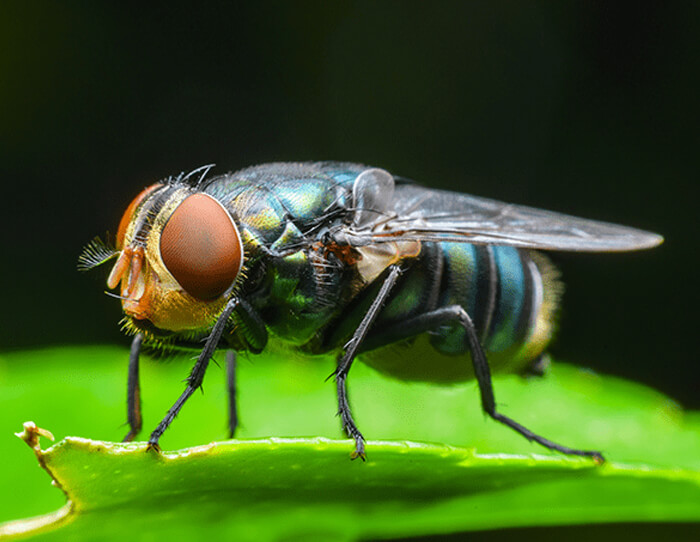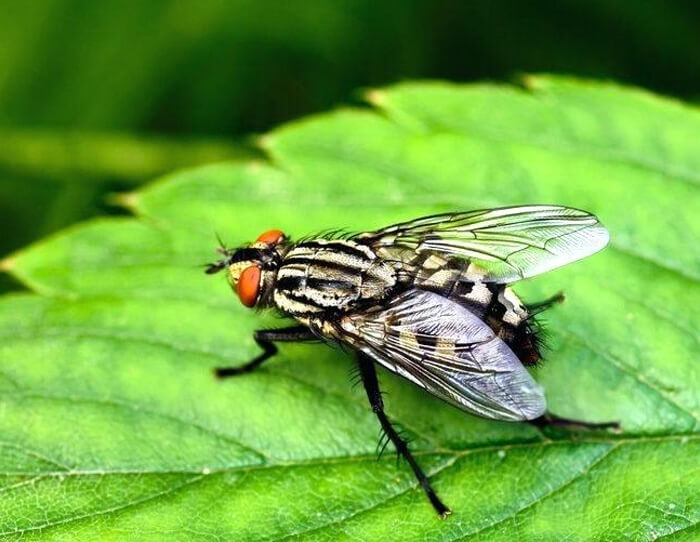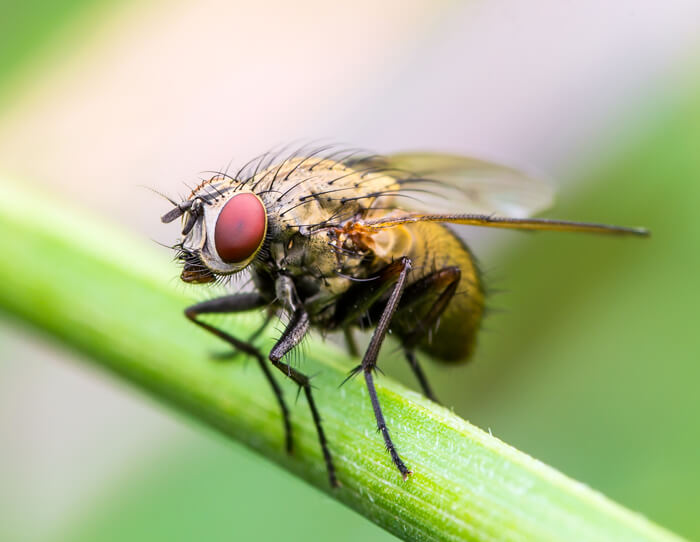
FLIES
FLIES BIOLOGY & LIFE CYCLE IN GENERAL
Flies are insects of the order Diptera (from the Greek di = two, and ptera = wings). Their most obvious distinction from other orders of insects is that a typical fly possesses a pair of flight wings on the mesothorax and a pair of halteres, derived from the hind wings, on the metathorax. Flies are adapted for aerial movement and typically have short and streamlined bodies. There are no species of fly has teeth or any other organ or limb that allows them to eat solid foods, flies consume only liquid food or finely granular foods, such as pollen, and their mouthparts and digestive tracts show various modifications for such diets. The female lays her eggs as close to the food source as possible, and development is rapid, allowing the larvae to consume as much food as possible in a short period of time before transforming into adults.




 RESIDUAL SPRAYING
RESIDUAL SPRAYING FLY TRAP
FLY TRAP





